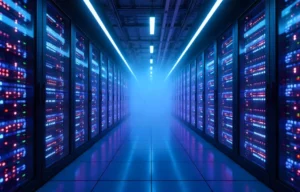

Prefer to listen instead? Here’s the podcast version of this article.
The rapid advancement of artificial intelligence is reshaping the cloud computing landscape, ushering in what many are calling Cloud Wars 2.0. This new phase is defined not just by competition over compute capacity or storage but by the ability to deliver AI-optimized infrastructure, advanced machine learning services, and custom silicon. As global tech giants and emerging players race to build the backbone of the AI economy, the cloud has become the ultimate battleground—where performance, transparency, and innovation intersect. In this article, we explore the key players, strategies, and shifts driving this high-stakes transformation, providing valuable insights for technology leaders, developers, and decision-makers navigating the future of cloud and AI.
What once was a race for raw compute and storage has morphed into a clash over AI‑optimized services, GPU infrastructure, and integrated AI tooling. Recent coverage highlights how hyperscalers are racing ahead:
AWS still leads market share, but its growth is lagging. In Q2 2025:
This war isn’t confined to tech giants. Venture capital and infrastructure firms are making bold moves:
AI‑driven cloud demand is straining energy supplies:
Cloud Wars 2.0 is no longer about who has the most servers—it’s about who delivers the smartest, most energy‑efficient, and open AI services at scale. The battle lines are drawn: hyperscalers, AI‑specialist clouds, chipmakers, and investors—all vying for dominance. Your pick of provider now may determine your AI success tomorrow.
WEBINAR